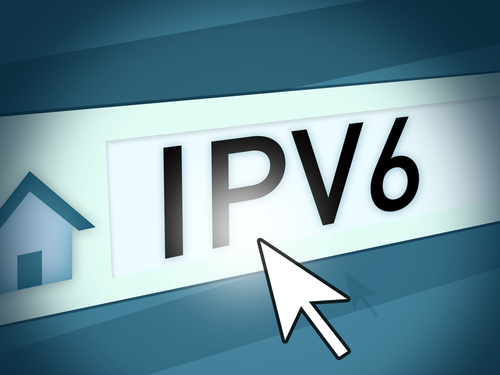IP version 6 or IPv6 is a replacement protocol for the IPv4. With the new protocol, the Internet is able to use a massively increased address space. One of the biggest concerns is the imminent exhaustion of the IPv4. There are about 4.3 billion odd possible addresses with the IPv4. Although it may sound like a very large number, we should know that the technology is also growing very rapidly. In fact, there are already more Internet-capable mobile devices than the number of people on Earth. It is clear that IPv4 is woefully inadequate for current requirements. A single individual could already use multiple devices, such as laptop, smartphone and smartwatch. It means that multiple IP addresses could be assigned to more than one consumer.
With IPv6, the number of possible IP addresses really goes off the chart and a similar problem may never happen again, even if each person on the planet operates trillions of nanobots with unique IP address each. While IPv4 uses 32-bit addresses, IPv6 offers 128-bit addressing and this would make a really big difference. To be clear, with IPv6 we could theoretically obtain 340,282,366,920,938,463,463,374,607,431,768,211,456 IP addresses, which are ridiculously a lot.
There are additional consequences associated with IPv6. The most common way of connecting with the Internet is through Network Address Translation or NAT. In this case, companies or individuals are able to convert their unique IP address by translating it to a public address. This method is used to ensure that network with IPv4 won’t run out of IP addresses. With the availability of IPv6, the new protocol shouldn’t require NAT. It will ensure a proper end-to-end communication. This fact could scare many security professionals, but IPv6 has inherent security features that provide more flexible and secure environment. As an example, devices could have constantly changing IP addresses and this quite possible due to the availability of so many IP addresses.
However, it also means that there will be changes on how firewalls would need to be configured. We should make sure that they are compatible with IPv6 standards. In some cases, they will need to deal with legacy IPv4 networks and it is important to make sure devices can be configured dynamically, so they will be connected to the network. We should also be aware that the provision of IPv6 will require us to make some changes on the DHCP. There are other equipments, such as switches and routers. Older models may need to be replaced entirely or upgraded with new firmware to sully support IPv6.
When it is connected to the network, IPv6 host transmits multicast requests based on the existing configuration parameters. In this case, local routers in the network may not be able to respond to any of the request, if they are still based on the older IPv4 standard. In this case, IPv6 allows for the removal of DHCP with specific configurations. In general, this could reduce operating costs and simplify the whole network. The whole configuration should play especially well on networks that handle media rich content.


























Leave a Reply